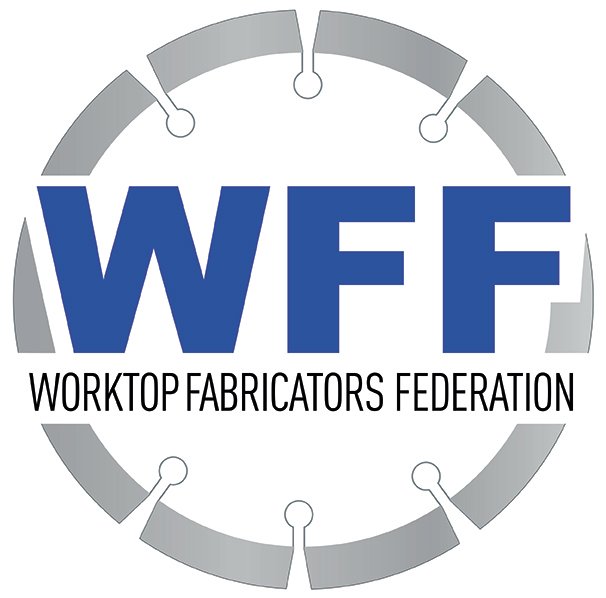Stone trade bodies the Worktop Fabricators Federation and Stone Federation Great Britain are among those working with Health & Safety Executive (HSE) scientists to see if it is possible to develop a breathalyser for exposure to silica dust, which can cause silicosis and cancer.
It’s much harder to measure long-term effects of exposure to silica dust than it is to measure the effects of exposure to many other chemicals and dangerous substances.
But the HSE research team believes it might be possible to use breath samples to help identify exposure to respirable crystalline silica (RCS), which is what causes the harm. Exposure to RCS is limited by law in the UK to 0.1mg per cubic metre of air over eight hours. The exposure limit is half this level in the USA.
RCS consists of particles of crystalline silica of about five microns – small enough to be inhaled but large enough to get caught in the lungs rather than being exhaled.
HSE is embarking on a project to see whether it’s worth developing a breathalyser to identify levels of exposure to the dust. And they need volunteers from various sectors of industry where there is potential exposure to RCS, which includes the stone industry, not least worktop fabricators.
WFF says anything that might improve the safety of WFF members’ businesses is always to be welcomed, especially as something like a breathalyser could help pick out people who have been habitually working out of the back of a van facing ‘spot’ high exposure levels to RCS when cutting and drilling worktops.
Such exposure is otherwise untraceable unless an inspector happens to visit a site when the cutting is actually taking place.
WFF has emphasised to its members that this is a scientific study not a back-door inspection. Some members have already volunteered to work with the HSE scientists. Any companies not WFF or Stone Federation members that would be interested in participating can find out more by clicking here, where there is also an email link to HSE Principal Scientist Jackie Morton, who is leading the project.

